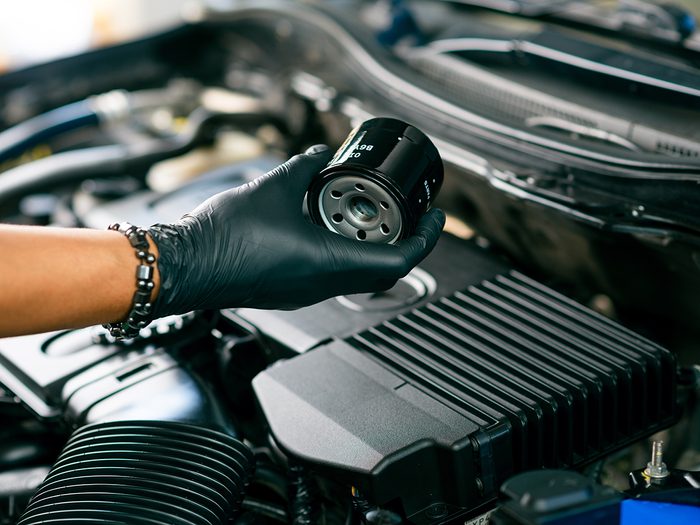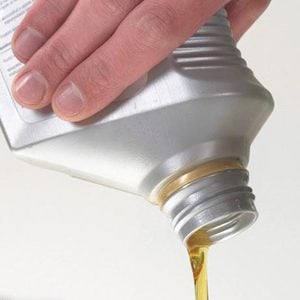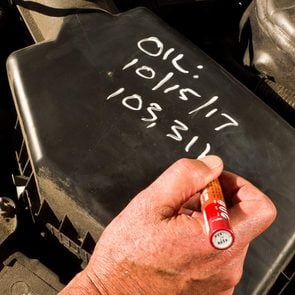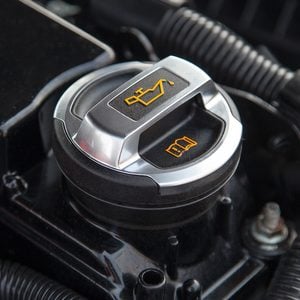What to Know About Changing Your Car’s Oil Filter

Want to take the best possible care of your vehicle? Learn all about oil filters and when and why your car needs an oil filter change.
Modern vehicles rely on engine oil to run, and filtering this oil is nearly as important to the health of your vehicle as the oil itself.
The first cars on the road didn’t have oil filters as we know them today, making do instead with simple mesh sieves installed over their oil pump intakes. These weren’t particularly effective, leading to more frequent oil changes than we’re used to today. If you’re serious about keeping your vehicle running well for as long as possible, it’s vital to understand what oil filters do, how they work, and when and why to change them.
What is a Car Oil Filter?
Oil filters keep engine oil as clean as possible for as long as possible.
Engine oil is designed to flow through moving engine parts, keeping them lubricated and preventing overheating. During this process, the oil picks up small pieces of debris such as metal filings from the engine as it runs. These unwanted contaminants cause the oil to thicken over time. That gradually decreases oil’s effectiveness as a lubricant and coolant, and causes many of your vehicle’s moving parts to wear more quickly. Oil filters delay this process by collecting and holding the contaminants, while allowing relatively uncontaminated oil to flow through.
When Should I Change the Oil Filter?
Most vehicle manufacturers and mechanics recommend changing your oil filter every time you do an oil change. As a general rule, you should change your oil every 10,000 kilometres (6,000 miles), or every six to eight months. It stands to reason that changing your engine oil goes hand in hand with changing your filter, since there’s not much point in pumping new, clean oil through a dirty, used filter. Read up on how often you should change your oil.
Why Do Oil Filters Need to Be Changed?
Oil filters have an important job, but they can’t do it forever. Eventually, the buildup of naturally occurring contaminants from the engine will fill your filter to capacity, preventing it from doing its job. A clogged filter reduces the flow rate of oil, causing a built-in pressure relief valve to open so the oil can bypass the filter entirely. This leads to quicker oil contamination, leaving fast-moving engine parts less lubricated and more prone to overheating.
In short, a dirty filter left unchanged decreases engine life by allowing new, clean engine oil to become dirty and ineffective much sooner. That’s why changing the oil filter every time you change the engine oil is the best policy. (Find out more ways you’re shortening the life of your car.)
How to Change the Oil Filter
Oil filters can only be changed when all the engine oil has been drained from a vehicle. That’s another reason changing your filter every time you change your oil makes sense.
Start by making sure you have the correct type of replacement filter for your vehicle on hand. Check the owner’s manual or search online to confirm what you need.
Place a bucket or pan directly beneath the drain plug, unscrew the drain plug bolt from the oil pan and catch all the used oil in the bucket or pan. With all the oil drained, replace the drain plug. Unscrew the filter or filter casing (depending on your vehicle) from its housing, then replace the dirty filter with the new filter. Lift the hood and fill your vehicle with fresh oil until the oil level is between the high and low indicator marks on the dipstick.
Next, ensure your vehicle is always in top condition with our ultimate car maintenance schedule.






